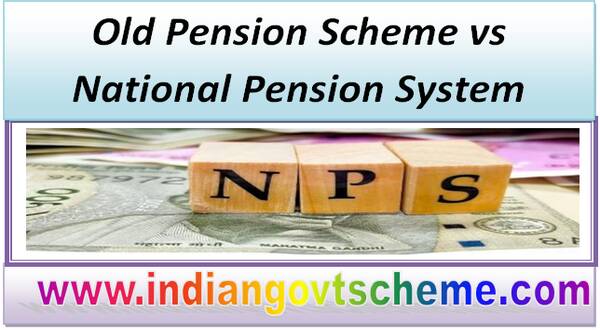Unified Pension Scheme (UPS): A New Retirement Option for Central Government Employees
To establish a robust and dependable retirement system for government employees, the central government has launched the Unified Pension Scheme (UPS), effective from April 1, 2025. The scheme aims to provide retirees with a monthly pension equivalent to at least 50% of their average salary from the last 12 months. Despite its promising benefits, the response from central employees has been lukewarm, with fewer than 10,000 out of approximately 27 lakh employees opting to switch from the National Pension System (NPS) to UPS.
Government Awareness Initiatives
In an effort to promote the UPS, the government has initiated awareness campaigns, including presentations across ministries and government offices. Additionally, a UPS calculator has been introduced, enabling employees to estimate their potential pension under the new scheme. However, the uptake remains low, indicating that many employees are still hesitant to transition.

Deadline for Transition
Employees have until June 30, 2025, to opt for the UPS. After this date, those who do not switch will remain under the NPS, with no future opportunity to transition to UPS unless the government extends the deadline. This urgency requires employees to make informed decisions promptly.
Reasons for Hesitation
Experts suggest that employees are carefully weighing the advantages and disadvantages of the UPS. While the scheme guarantees a pension upon retirement, the lump sum payout is perceived to be less favorable compared to the NPS. Moreover, full pension benefits require long service, and unlike the NPS, UPS does not allow for the recovery of invested amounts post-retirement. In cases of the employee’s death, any remaining funds are not returned, adding to the reluctance to switch.
State Adoption of UPS
Maharashtra was the first state to adopt UPS, followed by several BJP-ruled states, including Gujarat, Bihar, Odisha, and Assam. Madhya Pradesh is also preparing to implement it. However, Rajasthan and Chhattisgarh continue to operate under the Old Pension Scheme (OPS), leading to skepticism about UPS in these regions. Uttar Pradesh has yet to adopt the scheme, and many non-BJP ruled states are still assessing its viability.
Pension Calculation Under UPS
Under the UPS, employees who have completed a minimum of 25 years of service are entitled to a pension calculated as 50% of their average basic salary from the last year. For those with less than 10 years of service, no pension is awarded. A provision for a Guaranteed Minimum Payment exists, ensuring a monthly pension of at least Rs 10,000 for employees with a minimum of 10 years of service.
Potential Reductions in Pension Payments
Employees who have previously withdrawn a significant portion of their pension corpus or whose total corpus falls below the benchmark may experience reductions in their approved payments. However, if they rectify any shortfall before retirement, they can secure full pension benefits.
Eligibility for UPS Enrollment
All existing employees under the NPS as of April 1, 2025, can enroll in the UPS. New employees joining after this date will automatically fall under UPS. Additionally, retired employees or their dependents who retired under NPS by March 31, 2025, or opted for voluntary retirement, are also eligible to join the UPS.
The UPS presents a crucial opportunity for government employees to secure their financial future, but the hesitancy to switch underscores the need for continued education and support from the government.
Source: https://www.timesbull.com/business/kisan-yojna-new-electricity-connection-now-in-just-%e2%82%b95-for-farmers-apply-online-easily-513698.html

